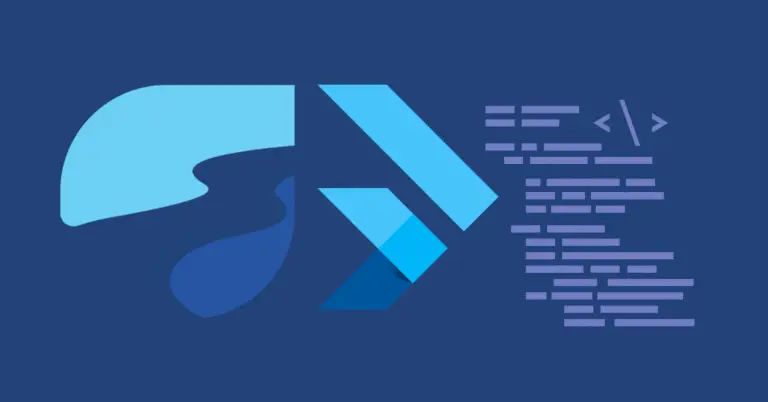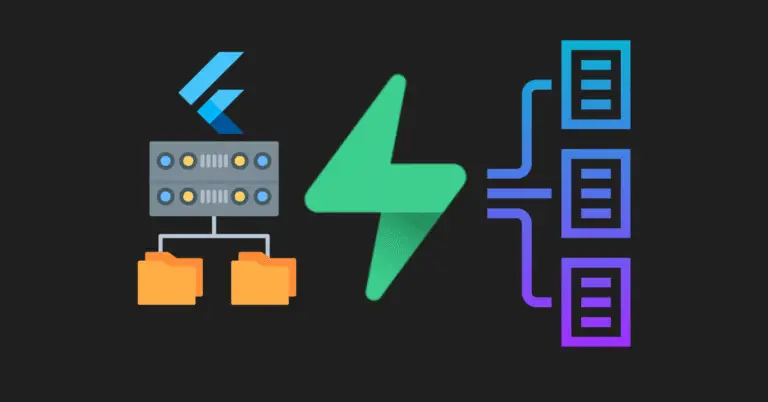Organizing your Flutter project folder structure is crucial for scalability, teamwork, and maintenance, especially as your app grows.
I’ll walk you through a clean, modular, and scalable folder structure used by professional Flutter developers, with real-world use cases and tips — especially good if you’re planning to use state management (e.g., Provider, Riverpod), REST APIs, and clean architecture principles.
✅ Recommended Folder Structure (Best Practice)
lib/
│
├── core/ 👈 App-wide constants, utilities, themes
│ ├── constants/
│ ├── exceptions/
│ ├── themes/
│ └── utils/
│
├── features/ 👈 Feature-based modules (recommended)
│ ├── auth/
│ │ ├── data/ 🔹 API calls, local storage
│ │ ├── domain/ 🔹 Models & business logic
│ │ ├── presentation/🔹 UI: screens, widgets
│ │ └── providers/ 🔹 Riverpod or Provider files
│ │
│ ├── home/
│ ├── profile/
│ └── ...
│
├── shared/ 👈 Reusable widgets across the app
│ ├── widgets/
│ └── dialogs/
│
├── services/ 👈 External services (Dio, Supabase, Firebase)
│ ├── network/
│ ├── local_storage/
│ └── notification/
│
├── main.dart 👈 Entry point
├── router.dart 👈 App navigation
└── app.dart 👈 App widget & setup📦 Folder Purpose Explained
1. core/ — Application-wide tools
- Global constants:
colors.dart,app_strings.dart - Theme files
- Utility functions
- Custom error classes or logger helpers
Text(AppStrings.welcome)2. features/ — Per-feature organization (Recommended ✅)
Each feature (like auth, chat, home, profile) is isolated, making it easier to work in teams and test.
Inside each feature:
| Subfolder | Contents |
|---|---|
data/ | APIs, services, data sources |
domain/ | Models, use cases, business logic |
presentation/ | Screens, widgets, UI logic |
providers/ | Riverpod, Provider, or BLoC files |
🔁 This aligns with Clean Architecture.
3. shared/ — Reusable components
- Buttons, dialogs, custom widgets
- Shared styles and components
import 'package:your_app/shared/widgets/custom_button.dart';4. services/ — External integrations
- Dio API handler
- Supabase / Firebase
- Shared preferences
- Notification handlers
You can structure it as:
services/
├── dio_service.dart
├── supabase_service.dart
└── local_storage_service.dart5. main.dart, router.dart, app.dart
main.dart: App entry pointapp.dart: Top-levelMaterialApp, providersrouter.dart: Define named routes or GoRouter setup
🚧 Example of a Feature Module: auth/
features/
└── auth/
├── data/
│ └── auth_remote_data_source.dart
├── domain/
│ ├── user_model.dart
│ └── auth_use_case.dart
├── presentation/
│ ├── login_screen.dart
│ └── signup_screen.dart
└── providers/
└── auth_provider.dart🧠 Real-World Analogy
Think of it like a supermarket with sections:
- core/ = the store’s electricity and lights (global settings)
- features/ = separate aisles (fruits, meat, bakery…)
- shared/ = shelves and baskets used in every aisle
- services/ = delivery truck that brings goods (API, local DB)
🛠 Tools to Make It Easier
| Tool | Purpose |
|---|---|
very_good_cli | Generates structured Flutter project |
flutter_modular | Helps structure feature modules |
riverpod | Works beautifully with this structure |
✅ Summary
| Goal | Why This Structure Helps |
|---|---|
| Scalability | Easy to add features like cart, orders, notifications |
| Clean Code | Logic is separated from UI and data |
| Team Work | Different teams can work in features/* independently |
| Testing | Easier to test domain and data layers |



